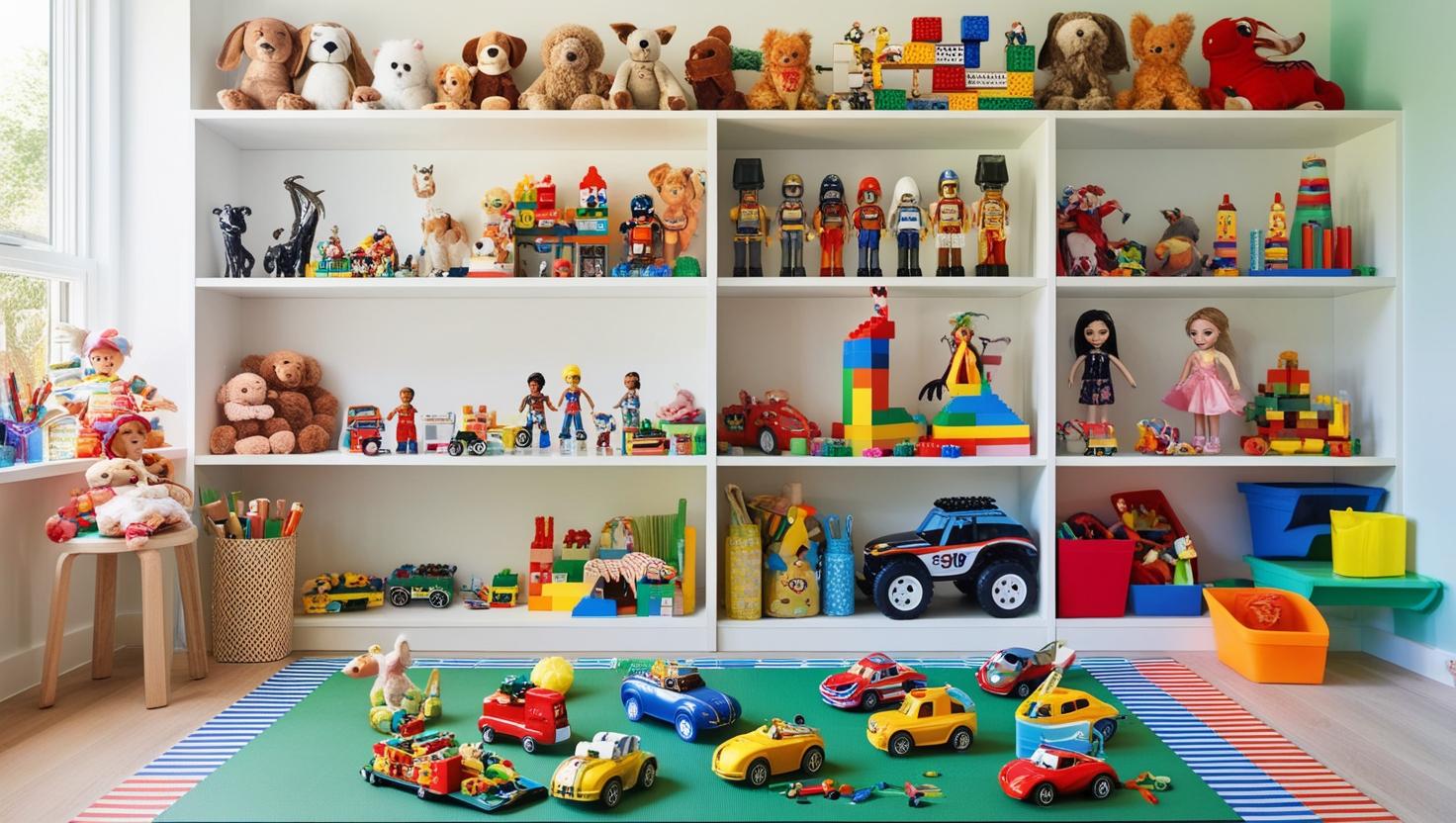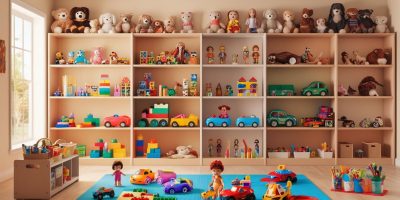Looking to introduce your child to the fundamentals of coding—without handing them a screen? You’re in luck. Screen-free coding toys are becoming a favorite among parents, educators, and STEM advocates alike. These clever tools help kids grasp basic programming concepts like sequencing, logic, and problem-solving—without the distractions of tablets or phones.
In this post, we’ll break down the best screen-free STEM toys that teach coding in a hands-on, fun, and screenless way. Whether you’ve got a curious preschooler or a tech-savvy tween, there’s a toy on this list for every stage.
Why Screen-Free Coding Matters
While screen-based coding apps and games have their benefits, too much screen time can be a concern—especially for younger kids. Screen-free coding toys offer:
- Tangible learning experiences
- Active play instead of passive watching
- Improved focus and attention spans
- A healthier balance between tech learning and real-world interaction
Plus, they’re often just plain fun.
Our Top Picks for Screen-Free Coding Toys
1. Learning Resources Botley 2.0
- Age Range: 5–9
- Why It’s Great: Botley is a coding robot that kids program using a remote programmer (no app or device needed). It supports loops, if/then logic, and object detection. With Botley 2.0, kids can even create light shows and obstacle courses.
2. ThinkFun Robot Turtles
- Age Range: 4+
- Why It’s Great: A board game that teaches programming logic through play. Kids use directional code cards to move their turtles around the board—great for introducing coding as a storytelling game.
3. KIBO Robot Kit by KinderLab
- Age Range: 4–7
- Why It’s Great: Kids build their own robot and program it using wooden coding blocks. It’s rooted in research from MIT and encourages creativity, problem-solving, and engineering design.
4. Osmo Coding Awbie (Hybrid Option)
- Age Range: 5–10
- Why It’s Great: While this uses an iPad, the coding itself happens through tangible blocks. Kids snap pieces together to control the character, promoting screen interaction with real-world manipulation.
5. Code & Go Robot Mouse by Learning Resources
- Age Range: 4–7
- Why It’s Great: Maurice the mouse scurries through mazes built by your child, learning commands step-by-step. It’s a fantastic early introduction to sequencing and debugging.
6. Cubetto by Primo Toys
- Age Range: 3–6
- Why It’s Great: With its wooden interface and tactile blocks, Cubetto is Montessori-approved and screen-free. Kids program its movement by placing blocks in a sequence—super intuitive and playful.
Tips for Parents: Making Screen-Free Coding Work at Home
- Start small: Begin with basic toys that focus on direction and logic.
- Involve siblings: Many screen-free toys encourage collaboration and group learning.
- Tie it to real life: Connect coding concepts to everyday tasks (like making a sandwich = following a sequence!).
Final Thoughts
Screen-free coding toys prove that you don’t need a screen to build tech-savvy kids. These toys offer active, creative, and thoughtful ways to build 21st-century skills like logic, patience, and problem-solving.
Whether you’re trying to reduce screen time or just want something more hands-on, these toys are a great way to help your child code—unplugged.





